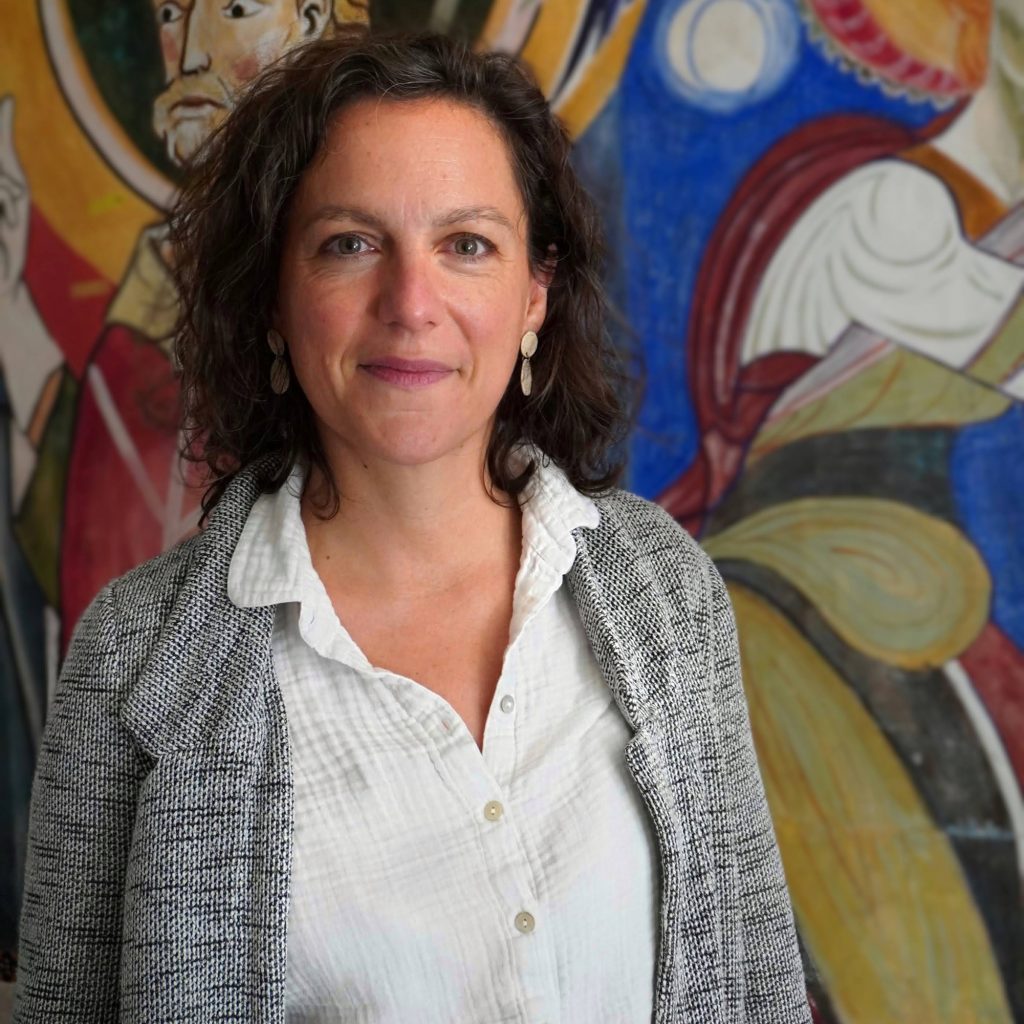Notre Dame in Color at the International Congress on Medieval Studies, Kalamazoo, MI, May 9-11, 2024
AVISTA Sponsored Sessions
Notre Dame in Color (1): Aesthetics and Meanings of Color
Presider: Jennifer M. Feltman, Univ. of Alabama
Observations on the Polychromy of Gothic Portals in France
Markus Schlicht – Centre national de la recherche scientifique (CNRS)
A Light Rich in Meaning and Color: The Stained Glass Windows of Notre-Dame de Paris
Karine Boulanger, Centre André Chastel
Color Symbolism and Theological Shadings in Liturgical Chant for the Sainted and Saintly
Jennifer Roth-Burnette, Univ. of Alabama
Notre Dame in Color (2): Scientific Analysis of Color
Presider: Tania Kolarik, Univ. of Wisconsin-Madison
The Polychromy of Gothic Portals: Contribution of Material Sciences
Stéphanie Duchêne, Laboratoire de recherche des monuments historiques
“The Sculpture and Polychromy of the Sainte-Anne Portal of Notre-Dame de Paris: New Insights Into the Construction Sequence of the West Facade’s Three Portals”
Iliana Kasarska, Institute Catholique de Paris
“Color as an Option: The Transept Portals in Notre-Dame in Paris”
Stephan Albrecht, Univ. of Bamberg
The Architectural Polychromy of Early Gothic Buildings: The Color of Stone
Géraldine Victoir, Univ. Paul-Valéry – Montpellier 3
Notre Dame in Color (3): Technologies to Visualize Color
Presider: Gabby Chitwood, Univ. of Oregon
Using Laser Scanning and Photogrammetry to Document the Décor of Notre Dame de Paris
Grégory Chaumet, Plemo 3D, Centre André Chastel
From Analog to Digital: A Prototype for Visualizing the Layered Polychromy of the Sculptures of Notre Dame
Jennifer M. Feltman and Jeremiah Stager
Univ. of Alabama
Notre Dame in Color (4): A Roundtable
Presider: Jennifer M. Feltman, Univ. of Alabama
Grégory Chaumet, Iliana Kasarska, Markus Schlicht, Stephan Albrecht, Stéphanie Duchêne, Karine Boulanger, Jennifer Roth-Burnette
The Materiality of Color: The Case of Notre-Dame de Paris
a public lecture on October 30, 2023
3:00-4:30 pm at the University of Alabama Collaborative Arts Research Initiative, Maxwell Hall, 420 Stadium Dr. Tuscaloosa, AL

Over recent decades, studies related to the restoration of Gothic cathedral portals have revealed a rich, even if fragmentary, medieval polychromy. The Laboratoire de Recherche des Monuments Historiques (LRMH) has been entrusted with the task of analyzing most of these remnants. A substantial archive, comprising roughly eighty scientific reports from 1964 to 2018, coupled with the preservation of all samples and cross-sections have now been properly indexed and cataloged. This serves as a valuable informational resource for the study of Gothic polychromy.
The study of the chemical make-up of the pigments and binders on these Gothic portals relies upon reanalyzing samples taken by the LRMH using current analytical techniques.
Two distinct sets of portals have been identified for study: one from the early Gothic period (12th century) and the other from the classical Gothic period (13th century). The materials and techniques found on these different monuments are compared in a comprehensive synthesis in order to identify common painting practices. These findings offer a consistent interpretation across time and regions regarding the artistic techniques used in coloring Gothic portals.
The polychromy of the west façade of Notre-Dame cathedral occupies a unique position in our knowledge of medieval polychromy because of the great number of samples that exist. Approximately a hundred samples, collected from the late 1960s to 2022, have been re-examined. These represent the most extensive collection of specimens from any Gothic portal. Analyzing the materials that make up the colored layers supports certain hypotheses about the construction phase of the site, drawing from a robust multidisciplinary approach that encompasses archaeometry, history of art and architecture, and technical art history.